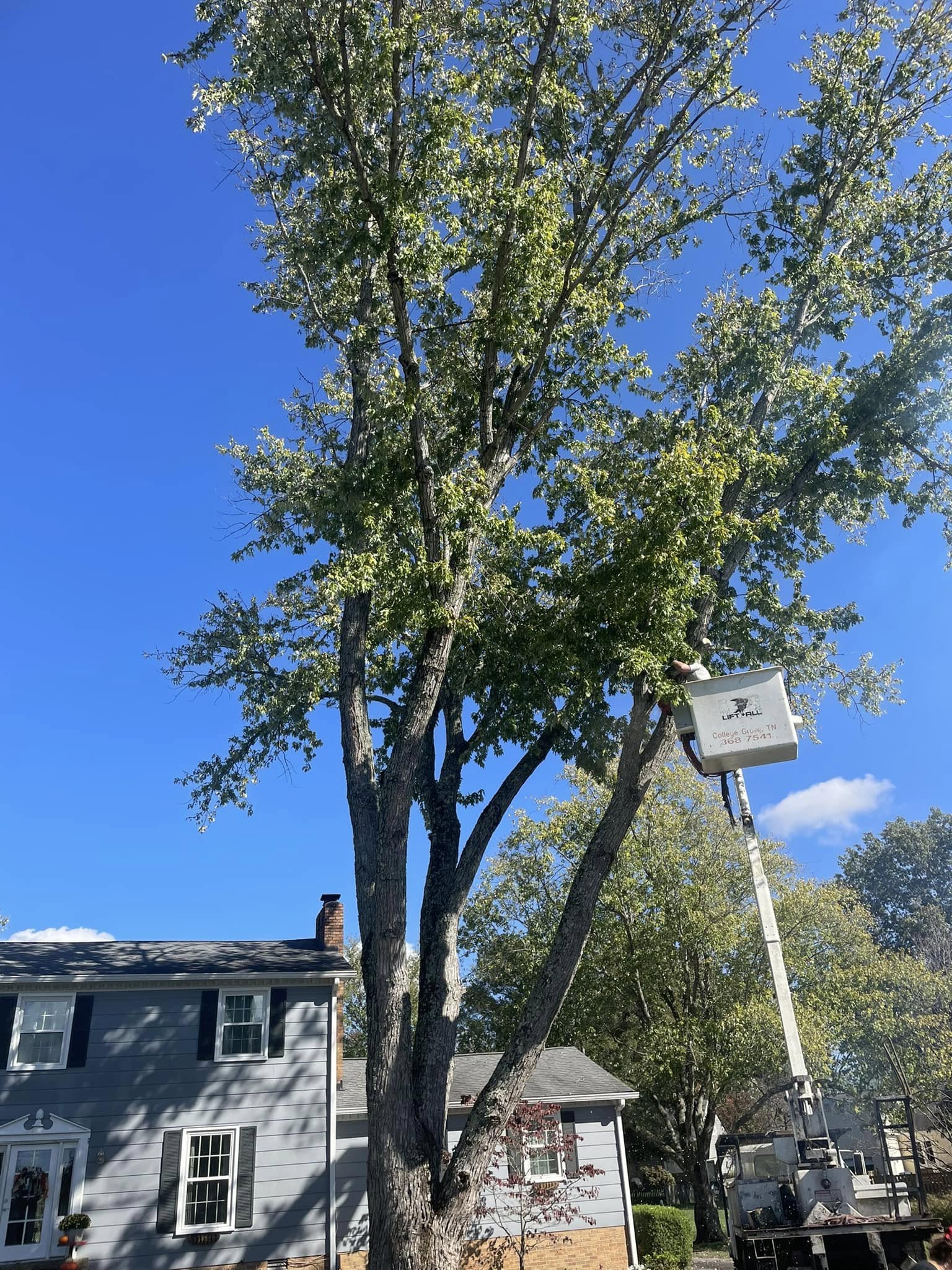
How to Identify When a Tree is a Safety Hazard Sep 02, 2025
Firstly, observe your tree's overall structure. Trees with a noticeable lean can be particularly hazardous, especially if the lean is recent or has suddenly changed. A tree that leans sharply can indicate root damage or weakening, both of which increase the risk of collapse. Additionally, cracks in the trunk or large branches may also signify structural instability. Such splits, particularly when they extend deep into the tree, can lead to a catastrophic breakage.
Furthermore, examine the tree’s branches for dead wood. Dead branches are not only unsightly but also represent potential danger, as they could fall at any time. Larger dead branches, often referred to as widow makers, pose a significant risk to life and property beneath. Regular checks are recommended, especially after storms, as severe weather can expose vulnerabilities in otherwise hidden branches.
Another critical factor is root examination. Though roots can be challenging to inspect thoroughly, any visible root damage could be an indication of a wider problem. Look for signs such as cracked or heaving soil, which may denote root uplifts or decay. Fungal growth, such as mushrooms at the base of the tree, usually indicates diseases affecting the root system. These conditions weaken the tree's anchorage and can lead to a toppling over in strong winds.
Diseases and pests also contribute to a tree’s decline, often turning it into a safety hazard. Look for signs of infestation like sawdust-like frass, small holes in the bark, or clusters of insects around the trunk or branches. Foliage discoloration or premature leaf drop can signal disease, which might compromise your tree’s health long-term. Persistent issues typically signify deeper problems that could transform a strong tree into a dangerous one.
Lightning damage is another aspect that can render a tree unsafe. Trees are natural lightning rods, and a strike can cause immediate death or severe damage that weakens structural integrity over time. Post-storm inspections should focus on obvious charring, sudden loss of foliage, or split trunks.
Ultimately, recognizing when it’s time to call in the professionals can prevent property damage and ensure safety. At Jace’s Tree & Stump Removal, our experts can provide thorough inspections and reliable solutions for all tree-related issues. Early assessment and intervention can save money and stress later by preventing emergencies before they happen.
In conclusion, monitoring your trees for safety hazards is an essential aspect of property maintenance. By understanding the signs of leaning, decay, deadwood, root problems, diseases, infestations, and lightning damage, you can be a proactive steward of your landscape. Should you observe any of these red flags, contacting professionals such as Jace’s Tree & Stump Removal can offer peace of mind and essential support. By taking action early, you help ensure a safe, beautiful outdoor environment for many years to come.
/filters:no_upscale()/media/8785d7d0-a572-4ad3-bd7a-dcee91b91f01.jpg)
/filters:no_upscale()/filters:format(webp)/media/5845675c-80ae-461c-be7d-2949edaa1f30.jpg)